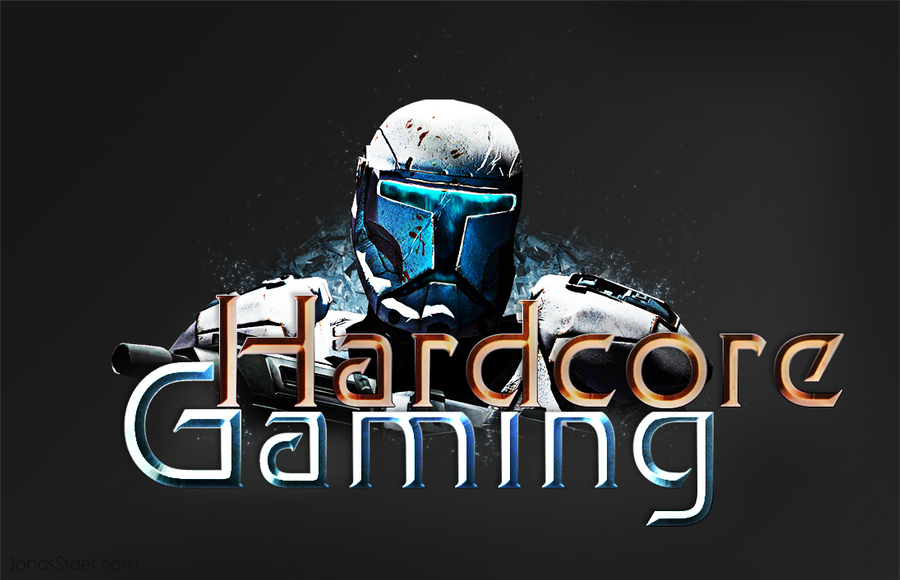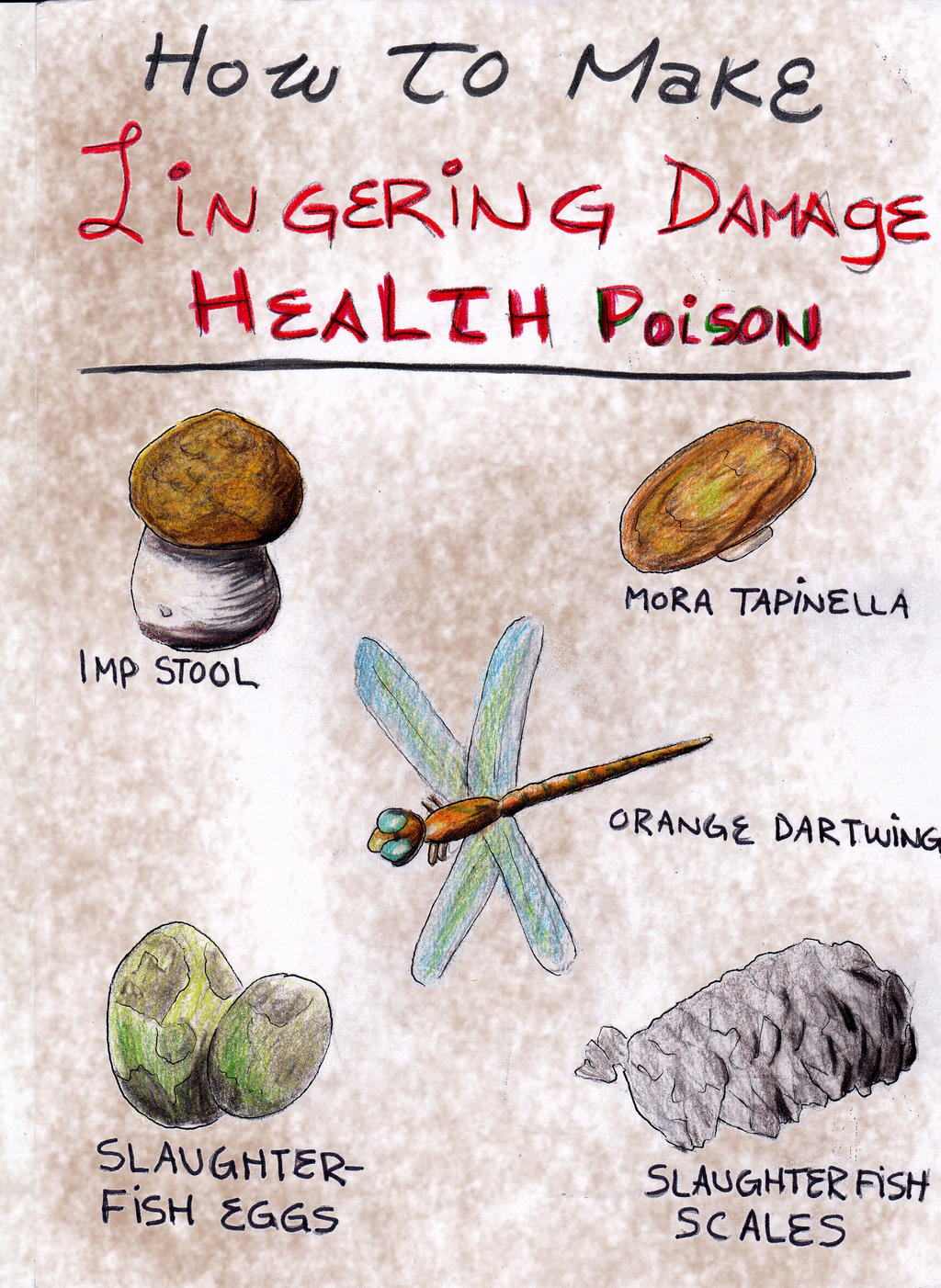 The additional hit points help model the heroic strength of the heroes, but other changes to the recovery mechanics, such as the introduction of a wound system and modification to the death and dying mechanics, and resting mechanic help create a more gritty and deadly battle environment. In addition to their hit points, Hard-Core heroes will have an additional number that will determine how resistance to wounds that they are. This "Wound Threshold" (WT) is calculated using the average hps gained per hit die plus their level:
The additional hit points help model the heroic strength of the heroes, but other changes to the recovery mechanics, such as the introduction of a wound system and modification to the death and dying mechanics, and resting mechanic help create a more gritty and deadly battle environment. In addition to their hit points, Hard-Core heroes will have an additional number that will determine how resistance to wounds that they are. This "Wound Threshold" (WT) is calculated using the average hps gained per hit die plus their level:Thus a Fighter with 16 Con starts at 1st level with (10+2)+(6+2) + (6+2) = 28hp and 3 hit die, so 28/3 = 9.333 or 9, then level is added which is 1, for a WT equal to 10, given this formula the WT will increase at the rate of 1 per level, though it will occasionally remain constant for a level , when average hp drops by one due to rounding.
The Wound System
A common way for tracking hit dice is by using red tokens or chips for hit dice remaining. These are spent when a character uses these to hit points or must pay a penalty, and when a character doesn't have any hit dice to pay for a penalty, then they are given black tokens or chips as a means of tracking their negative hit dice. Negative hit dice represents the fact that the character is so wounded that they must rest and use the hit dice that they recover to first pay off this negative hit dice debt before they can use hit dice to spend on hit point recover. Thus these black tokens represent wounds that take longer to heal than typical cuts and scraps, which were caused by massive damage attacks.
 When a character suffers damage equal to or greater than their Wound Threshold, they must make a Con saves versus a DC of 10 + the damage inflicted over their WT. If they save they only suffer the usually loss of hit points, if they fail this save then the damage gives them a Wound (see below), which means they also suffer the lose of a hit dice.
When a character suffers damage equal to or greater than their Wound Threshold, they must make a Con saves versus a DC of 10 + the damage inflicted over their WT. If they save they only suffer the usually loss of hit points, if they fail this save then the damage gives them a Wound (see below), which means they also suffer the lose of a hit dice.It is important to note that hit dice in a Athas and Kraterra campaigns can go negative as well. In the case where this occurs, such as a penalty by taking a wound calls for the loss of a hit dice when the character has none to lose, they go negative on their hit dice (given a black token or chip to track this loss). Typically allow hit dice to go as far negative as the character can stretch it, knowing it's going to be a long time until they get these back, but a variant is if a character's negative hit dice exceeds their maximum number of hit dice, than they remain at their current negative value, but instead suffer their WT in additional damage.
Wound
Onset: Suffer WT of damage from single attack and fail a Con save vs a DC of (10 + the damage suffered over their WT)
Immediate: loss of 1 hit dice.
There are other types of wounds that behave more as an affliction feeling, taking multiple days to recover from an inflicting other penalties while they are in affect, but for now just the standard Wound is described in game terms.
Death and Dying
The basic rules which state that when a character hit points drop to zero or below they are dying, and each round they continue dying unless they are stabilized via aid from another, or roll three successful death saves before three failed saves are rolled. In the basic rules it also states that if damage would drop a character to negative their maximum hit point value they they die immediately, however once below zero, so long as they aren't out right dead, they don't technically get any closer to death unless three failed death saves are met.
On the worlds of Kraterra and Athas, hit points DO go negative, so returning a fallen comrade to the battle isn't as easy as healing a single hit point, however in some ways it can be easier to stabilize. Heroes can go negative equal to twice their Wound Threshold before they are dead, with successful death saves restoring 5 hit points, up to 0, at which point the hero is stabilized. However, failed death saves inflict 5 of damage, and when the absolute value of their negative hit point value is greater than twice their WT they are dead. So, if a hero is reduced to just below zero hit points, it's likely a success on their first death save will stabilize them. Similarly, if they are taken down so far that they are nearly at negative twice their WT value, then a single failure on their first death save might kill them outright. Another possibility is someone that is reduced to negative hit points might fail a death save one round, then succeed the next and repeat this a number of rounds in a around, thus it might take them many rounds to either stabilize or die.
 If someone dying receives aid from another in the form of something that the rules define as stabilizing them, the result is that it is as if they succeeded death save which heals them 5hps (up to zero), and they no longer have to make future death saves. If this aid comes in the form of magical healing, then they first gain a stabilization benefit (recover 5 hit points, up to zero), then receive the hit points granted from the magical healing. If this still has them below zero hit points they are still considered stable at this negative value and do not make death saves. Stabilized characters will recover one negative hit point per minute until they regain consciousness (at 1hp), so after a battle if the party is able to rest for a few minutes these characters will heal up to 1 hp on their own, provided there is enough time to do so.
If someone dying receives aid from another in the form of something that the rules define as stabilizing them, the result is that it is as if they succeeded death save which heals them 5hps (up to zero), and they no longer have to make future death saves. If this aid comes in the form of magical healing, then they first gain a stabilization benefit (recover 5 hit points, up to zero), then receive the hit points granted from the magical healing. If this still has them below zero hit points they are still considered stable at this negative value and do not make death saves. Stabilized characters will recover one negative hit point per minute until they regain consciousness (at 1hp), so after a battle if the party is able to rest for a few minutes these characters will heal up to 1 hp on their own, provided there is enough time to do so.Death does not need to be a permanent state in Hard-Core mode, but it does fit well with the theme and history of the use of the term Hard-Core, from back in the Diablo days. Kraterra does have a built in resurrection game mechanic variant for those DM's that wish to utilize the Soul Crystal's cloning ability, which functions similar to a lich's phylactery, but I won't go into that here.
Rest and Recovery
There is no "Free Healing" of Hard-Core characters, thus when the party completes a long rest they do not heal any hit points during this time, they simply regain half of their hit dice (fractions in this case do round up). These newly gained hit dice must first be spend to pay off any negative hit dice debt that a character may have, then they may be spent immediately as part of the extended rest, or held onto to be spent during a future rest. During a short rest a character can still spend any number of hit dice that they currently have. Of course the first hour of the extended rest falls into this same category where if characters have hit dice that they want to spend they can do so after the first hour (which is actually a short rest).
 Additionally a "Long Rest" is defined as a 48 hour rest or an 8 hour rest in a safe and comfortable environment, such as resting at an inn, where the character eats their fill of some of the fresh warm food and gets a full nights rest, at which time they gain the benefits of a long rest, however their is still no "Free" healing and hit points must be regained by by spending hit dice or through magical means.
Additionally a "Long Rest" is defined as a 48 hour rest or an 8 hour rest in a safe and comfortable environment, such as resting at an inn, where the character eats their fill of some of the fresh warm food and gets a full nights rest, at which time they gain the benefits of a long rest, however their is still no "Free" healing and hit points must be regained by by spending hit dice or through magical means.There are a number of environmental features of both natural and magical nature that can create a "Safe and Comfortable" resting environment in the wilderness, away from the comforts of an inn, that allow for the benefits of a long rest to be gained, some of the magical features allow these to be gained after only a short rest within the aura of the effect.




























